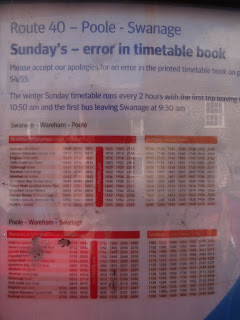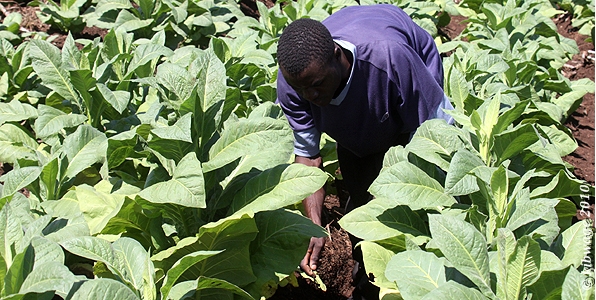
Aim: To investigate environmental and vegetation changes across Studland Bay Sand Dunes
Hypothesis: Percentage of vegetation cover and number of plant species will increase as you move inland from the embryo dunes
Why were Studland Sand Dunes Chosen?
- Fully developed 600 year old dune system as otherwise if it was not fully developed there would be data missing leading to inaccurate conclusions
- They are a National Nature Reserve and a SSSI owned by the National trust so they are protected and have been able to develop with a minimum of human interference - any changes we observe in the natural environment should be linked to natural changes in the immediate physical environment
- The dunes are accessible at all tidal times and there is no risk of being cut off at high tide - full access to the sand dune system and kept fieldwork risks to a minimum
- The beach can have up to 25,000 visitors on it in the summer, and as the dunes are not heavily protected or patrolled we could also observe the human impact on sand dunes
- Very accessible as close to a B road and good parking
There are:
Embryo Dunes followed by
Grassy Dunes
Then a Heather Slack
Then a main dune ridge
Then a tree line






























